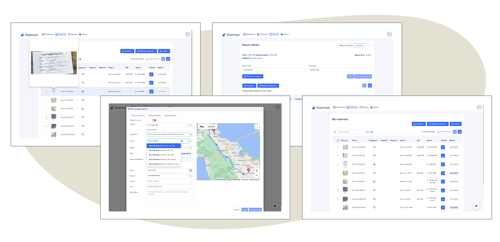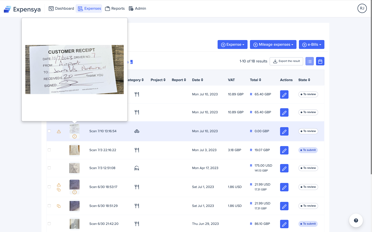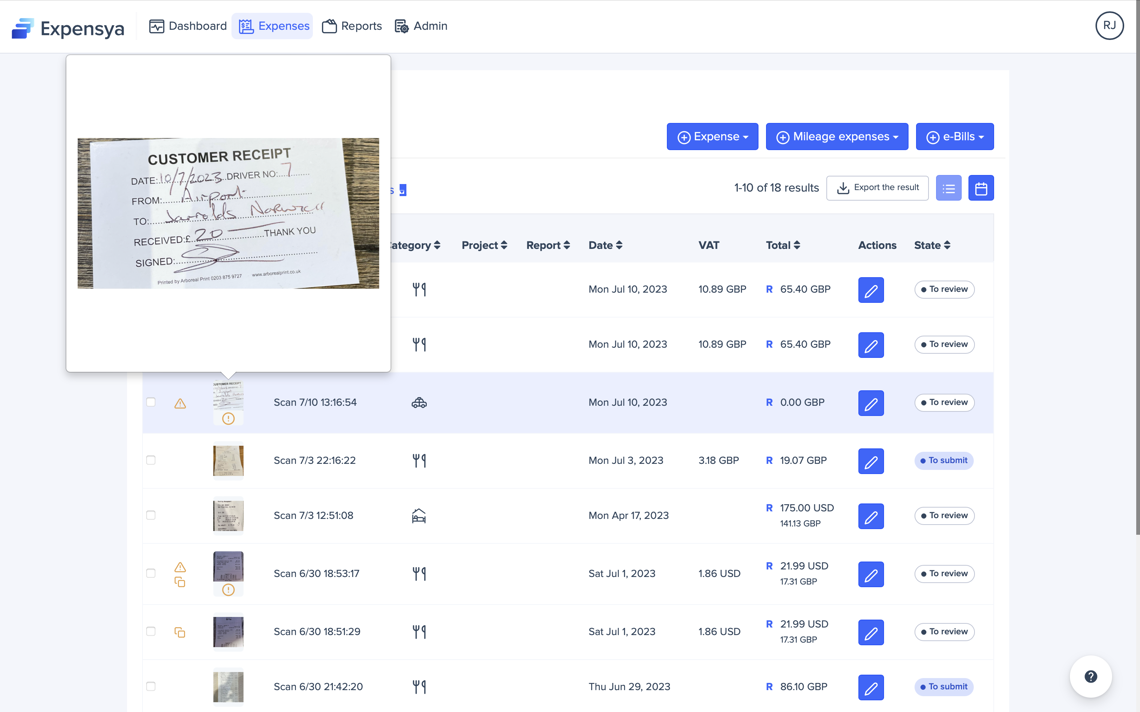Cost control
Effective expense management helps identify and eliminate unnecessary or extravagant spending, ensuring your business operates efficiently and within its means.
Budget adherence
By staying on top of your expenses, you can prevent budget overruns, ensuring that your financial plans remain intact and achievable.
Financial planning
Accurate expense tracking provides valuable insights into your spending patterns, enabling better financial planning and forecasting.
Profitability
Reducing wasteful spending directly impacts profitability, allowing you to reinvest saved funds in growth initiatives or improve your bottom line.
Compliance
Compliance with financial regulations and company policies is crucial to avoid legal issues and maintain the trust of stakeholders.
Enhanced productivity
Streamlined expense management processes free up resources and time, allowing your team to focus on core business activities.










